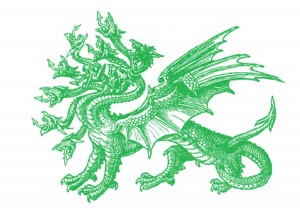Ten Fundamental Questions of Curating
Edited by Jens Hoffmann
Mousse Publishing, Fiorucci Art Trust
available also on Kindles and iPads.
The book originates from a series of 10 commissioned essays for Mousse magazine written over a period of two years, in 2011 to 2012. It is edited by Jens Hoffmann, with a preface by Milovan Farronato, Director of the Fiorucci Art Trust which co-produced the publication.
Content:
Jessica Morgan grapples with a truly fundamental and overarching question: What Is a Curator? Even as she claims a certain discomfort with labeling herself as such, she deftly charts a genealogy and classification system for the profession.
What Is the Public? Juan A. Gaitán focuses on the presumed social contract that exists between museums and their audiences.
What Is Art? Chus Martínez explores the question of art—its categorizations, meaning, future, and (portended) death—by recounting the story of a philosophy professor who proclaimed that art is already dead.
Sofía Hernández Chong Cuy asks: What About Collecting? The role of the collection curator is today perceived as less glamorous than that of the organizer of blockbuster exhibitions or biennials. Hernández begs to differ, making a case for collections.
Elena Filipovic endeavors to answer what for many is the core question of the practice: What Is an Exhibition? She dispenses with notions of the exhibition space as neutral or inert, and argues that each exhibition typology must be analyzed in its own right. 6. Why Mediate Art?
Maria Lind sets up an opposition between the traditional didactic model largely developed by the founding director of New York’s Museum of Modern Art, Alfred H. Barr, and the more radical, participatory pedagogical model developed by figures such as the artist El Lissitzky and the curator Alexander Dorner.
What to Do with the Contemporary? João Ribas ruminates on what it means to call an exhibition, an artwork, an institution, a curator, or an experience “contemporary.”
What About Responsibility? Peter Eleey brings up the increasingly pertinent question of what constitutes curatorial responsibility.
What Is the Process? Researching for a contemporary art exhibition is not the same as art historical research. As opposed to the many curatorial degree programs out there, Adriano Pedrosa argues for a different kind of professional methodology—one that is fundamentally interdisciplinary and grounded in real-life research and experience.
Dieter Roelstraete asks: How About Pleasure? Even a show curated with the most aspirational intentions can be didactic, antiseptic, even anti-pleasurable. Does the invocation of any form of pleasure, visual or otherwise, align curatorial practice with the evil forces of entertainment? How can curators achieve a middle ground between education and entertainment, intellect and sensibility?


